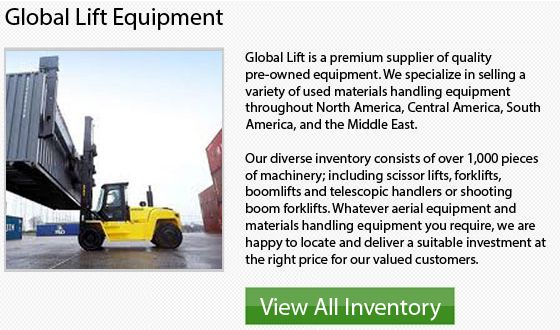
The air-filled or pneumatic tire consists of a core filled with airtight sealed pressurized air. Typically, a tread made with reinforced steel belting or other type of materials, provides the contact area with the road and seals this inner core.
The tire would remain inflated with all the weight of the vehicle resting on it, because the pressure of the air in the tire is more than atmospheric air pressure. The pressure of the air within the tire gives resistance against forces that try to deform the tire. This gives the tire a slight degree of a cushioning effect as the tire hits bumps in the road. If you have ever taken a ride in an old-fashioned carriage that had wooden wheels, you know exactly how huge of a difference a set of pneumatic tires could make.
Of course, there are several drawbacks to pneumatic tires. For example in highly dangerous applications or high-performance situations, these tires can suffer a puncture and this would result in a total failure. The consequence of a blowout at high speeds can result in a serious car accident. Military planners need to take into account tires getting blown out by gunfire or explosion shrapnel. A vehicle crew's worst nightmare is becoming trapped within a fire zone because of all of their tires becoming flat. Airless tires evidently don't suffer from these problems and therefore, could be more suitable in some applications.
Pneumatic tires have another problem involving variations in tire performance and air pressure. Lower tire pressure can create increased comfort and improved traction. This is due to the fact that tires flatten a little and more tread is touching the road. The pressure of the air in the tire works to maintain the "up and down" stiffness as well as maintain the lateral stiffness of the tire. Therefore, reduced air pressure enables the sidewalls of the tires to flex. Unfortunately, this results in poor handling. In an airless tire, the stiffness in those two dimensions is independent.
There are other problems with air pressure. Consumers are notoriously unreliable when it comes to maintaining correct air pressure. Tires that have improper air pressure can lead to dangerous situations. It is essential to note that pneumatic tires are also prone to temperature changes, that could be responsible for changing the internal pressure of the tire. It is essential to consider the type of environments you will be needing your machinery to function in so that you could regularly inspect the tires and keep the machine as safe as possible.